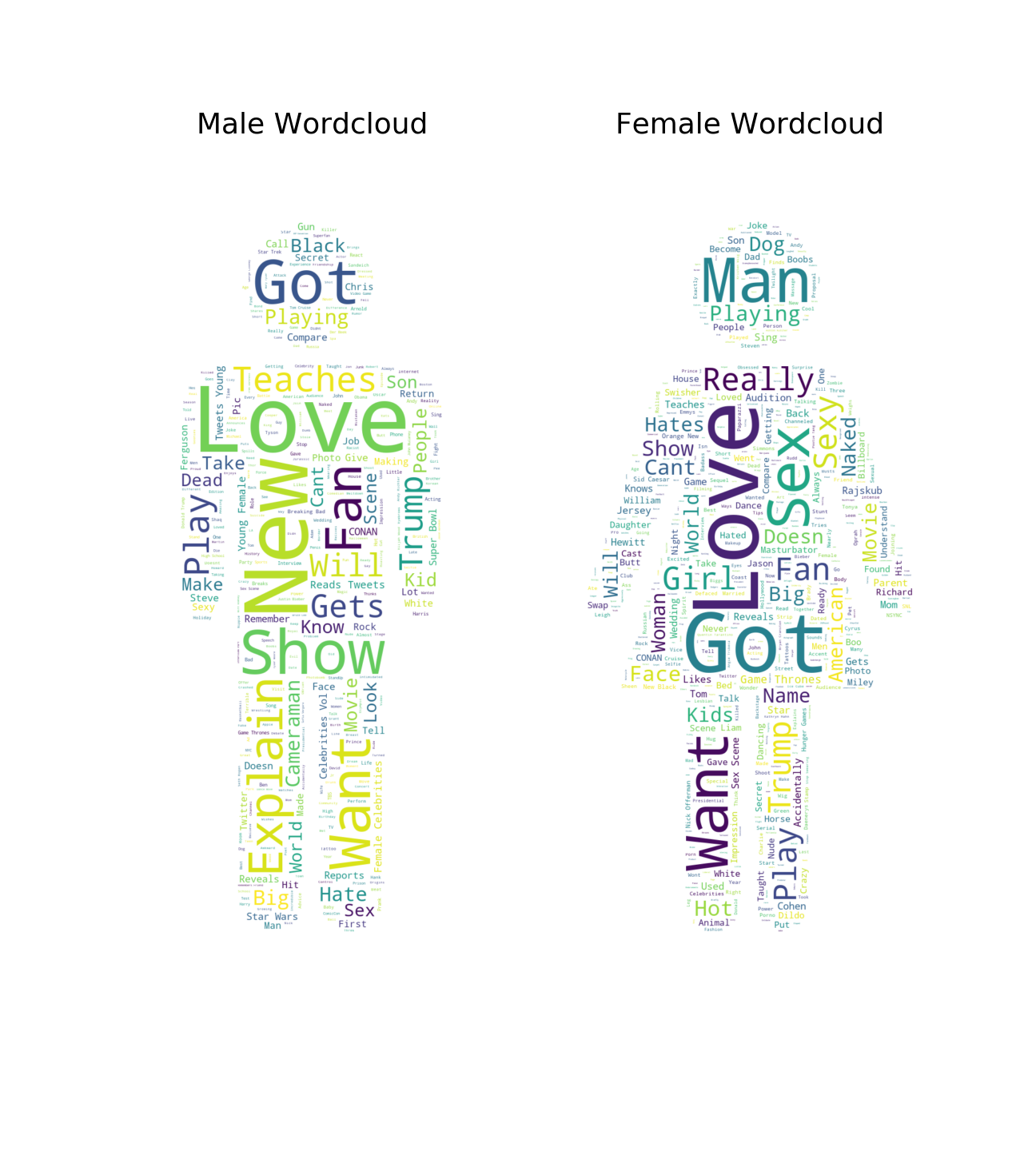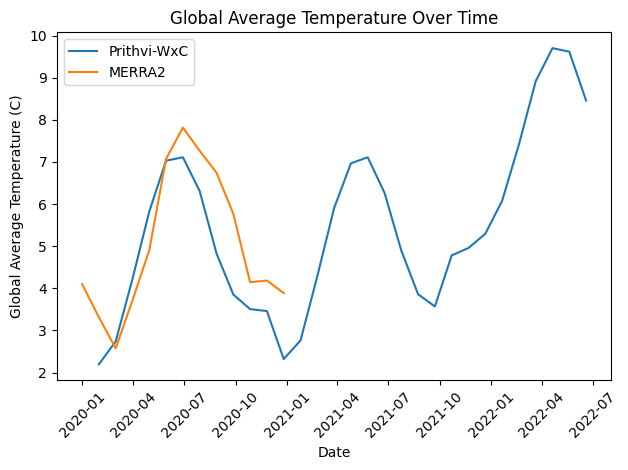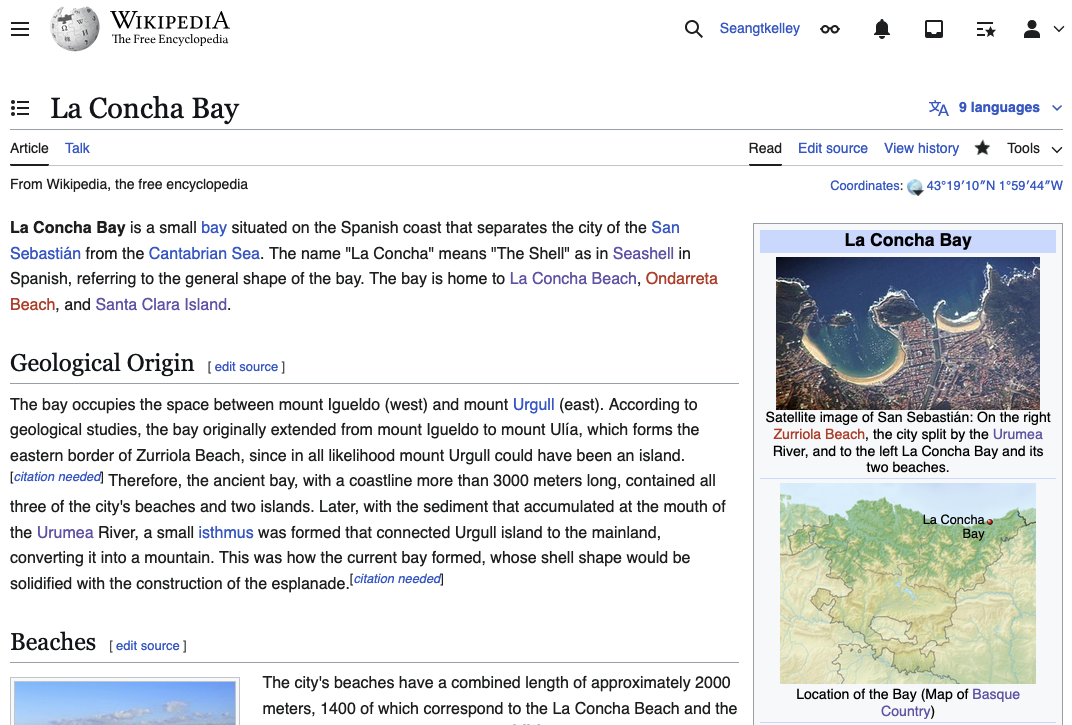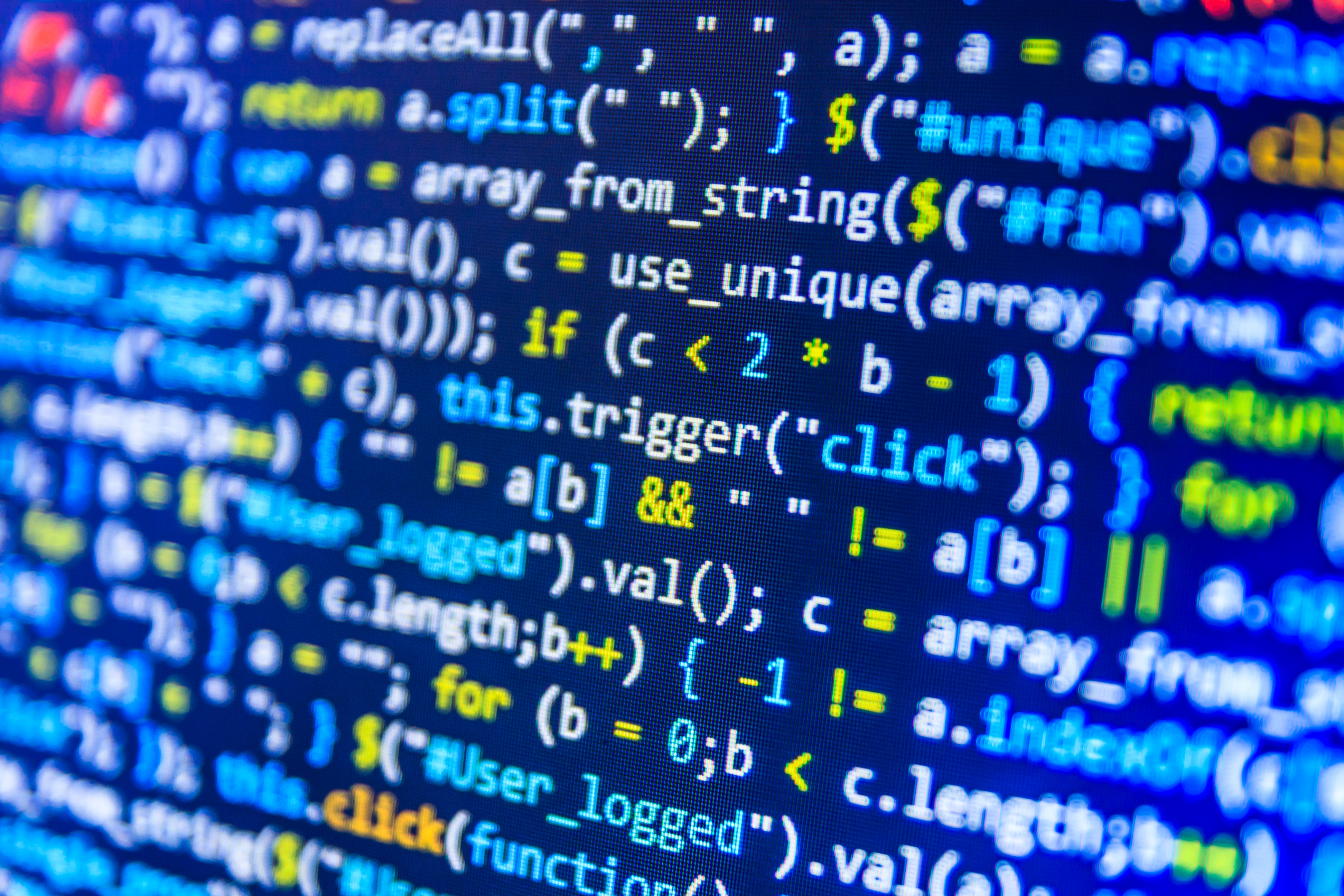Blog Highlights
Artificial Intelligence Weather Prediction (AIWP) models are starting to represent a new paradigm in weather forecasting. Without going into the details, rather than relying on traditional physics-based numerical simulations, these models are entirely data-driven, requiring vast datasets to learn how to forecast the weather. This data-intensive approach will inevitably be vulnerable to biases which exist in the datasets. For example, initial research has shown that if historical tropical cyclones are removed from the dataset, AIWPs will no longer be able to properly predict any cyclone events. In this blog post, I'll detail my basic experimental setup to investigate the hypothesis that these models have learned a tendency to warm over time in accordance with how climate change is reflected in the reanalysis training datasets.
Until recently, I thought that all climate models were incredible complex and only run on massive supercomputers. However, through my Master's, I discovered many modern models can be run on everyday computer hardware.
Translating articles on Wikipedia seems like the perfect way to continue working with Spanish while contributing to a valuable knowledge resource.
Last semester, I took the couse CS 585: Introduction to Natural Language Processing taught by Mohit Iyyer. As it is graduate level, a significant portion of the curriculum is centered around a team project. In this post, I would like to share our team's final report.






